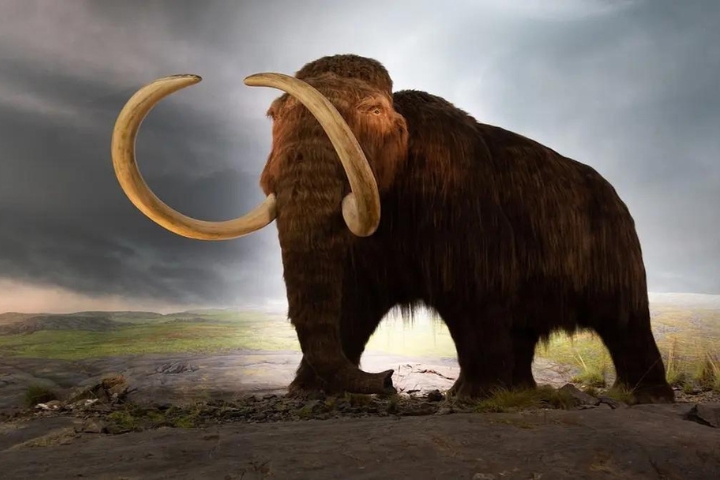The Woolly Mammoth: A Giant of the Ice Age
Woolly mammoths were large, elephant-like mammals that roamed the Earth during the Ice Age. They had long, curved tusks and thick fur that helped them survive in cold environments. Woolly mammoths are closely related to modern-day elephants and were herbivores, feeding on grasses and plants. They lived in regions such as North America, Europe, and Asia, and went extinct around 4,000 years ago, with factors like climate change, human hunting, and possibly allergies contributing to their disappearance.
Woolly Mammoths Extinct Due to Allergies, Study Suggests
A groundbreaking study has revealed that woolly mammoths, the ancient relatives of elephants, might have gone extinct not only due to climate change and human hunting, but also because of allergies.
Researchers from a team of chemists and zoologists have discovered that these large creatures likely suffered from nasal blockages due to pollen allergies, affecting their ability to find mates, thus contributing to their extinction around 4,000 years ago.
The study, published in Earth History and Biodiversity, analysed frozen mammoth tissue and uncovered traces of antibodies and allergens.
These findings suggest that the mammoths’ sense of smell was severely impaired, making it difficult for them to locate food, water, and even potential mates.
This condition may have been similar to modern hay fever, which would have worsened due to an increase in flowering plants during a period of global warming.
Nasal Blockage and Breeding Challenges
The study explains that woolly mammoths’ reliance on their sense of smell for locating mates was crucial to their reproduction.
However, pollen-induced nasal blockages reduced their ability to smell during the breeding season, which led to fewer successful mating attempts.
This diminished their population and may have accelerated their extinction.
Environmental Changes and New Allergens
As the Earth experienced global warming, new plant species emerged, releasing pollen that triggered allergies in mammoths.
This environmental shift not only caused respiratory issues but also altered the mammoths’ habitat, making survival even more challenging.




GIPHY App Key not set. Please check settings